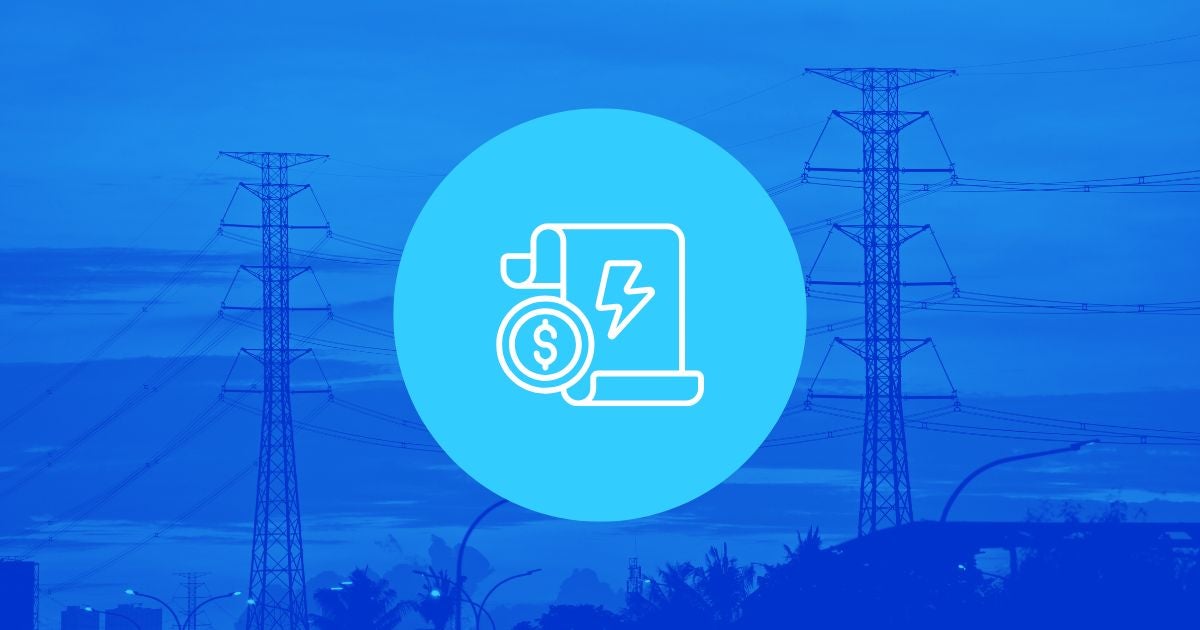A Level-Headed Look at Ethanol and the Environment
The author of today’s post, Martha Roberts, is an economist at Environmental Defense, and one of the authors of the Ogallala Aquifer study.
Today Environmental Defense released a new mini-report that analyzes how expanding ethanol production might impact the environment: Potential Impacts of Biofuels Expansion on Natural Resources: A Case Study of the Ogallala Aquifer Region [PDF].
Ethanol arouses a lot of passion in people. Our goal was to produce a report that is balanced, meticulously documented, and offers solutions to potential problems.
The new report is based on a detailed case study of the Ogallala Aquifer, which supports most of the irrigated agriculture in the Southern Great Plains (the center of the Dust Bowl conditions in the 1930s). This aquifer’s water table has declined substantially in some areas over the last few decades. Nonetheless, many new ethanol plants are planned or under construction where water levels are lowest, threatening to further strain the already-depleted aquifer.
New ethanol plants also could create pressure to plow under local grasslands. Some of the land for the corn to feed these ethanol plants (or for the crops displaced to make room for more corn) may come from U.S. Conservation Reserve Program (CRP) lands and untilled native grasslands. These grasslands help to reduce soil erosion and improve water quality, and provide important wildlife habitat – benefits that will be lost if they’re plowed. Also, tilling this land will release significant carbon dioxide into the atmosphere.
As the report notes, "Current biofuels policy makes few distinctions between different biofuel production pathways." This needs to change. A number of policies can support more environmentally-friendly biofuels and reduce unintended side effects. In particular, the report recommends that:
- The 2007 Farm Bill should maintain or expand CRP. (USDA halted new enrollment of lands into general CRP in 2007.)
- Congress should strengthen its protection of grasslands by increasing funding for voluntary, incentive-based programs such as the Grassland Reserve Program, and by passing a "Sodsaver" provision, which eliminates subsidies for crops planted on formerly untilled grasslands. (Yesterday’s Government Accountability Office (GAO) report [PDF] notes that these subsidies do encourage conversion of grasslands.)
- When choosing ethanol plant sites, local and regional decision-makers in areas of water scarcity should analyze impacts on water resources before giving the go-ahead to build.
- Low Carbon Fuel Standards should be enacted to create incentives to produce biofuels with low greenhouse gas emissions.
You can read more about the new report on our Web site.
Ethanol can be a help to the environment or a hindrance, depending on how it’s produced. We shouldn’t go full speed ahead without first carefully assessing the impact of our actions.












